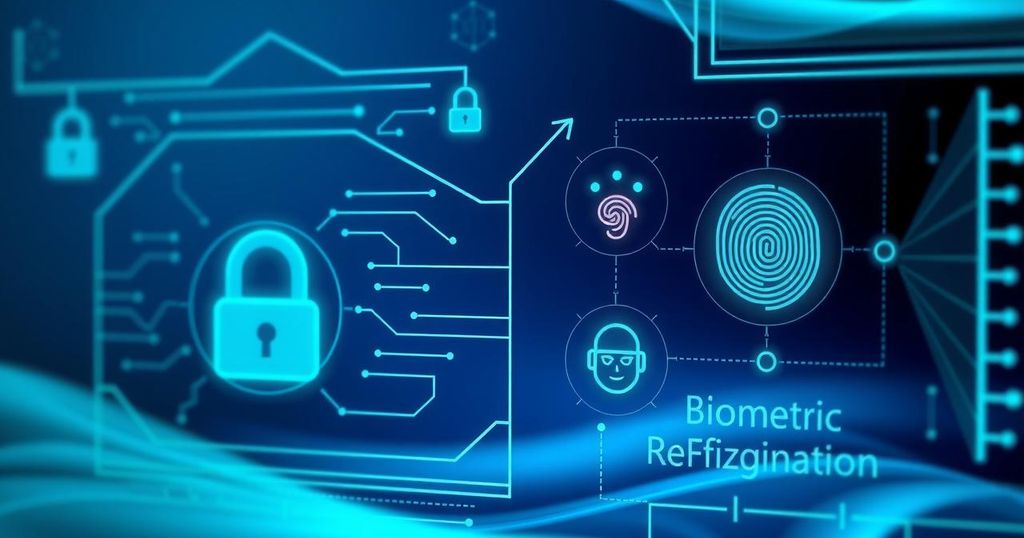Summary
The DHS’s OBIM plans to begin a new data collection initiative on biometric technologies following struggles with the HART program, which seeks to modernize outdated biometric systems. The effort targets various biometric modalities, aiming to enhance data quality and operational performance. OBIM is soliciting industry feedback to optimize sensor capabilities and address privacy issues, with public comments accepted through September 23, 2024.
The U.S. Department of Homeland Security’s (DHS) Office of Biometric Identity Management (OBIM) is initiating a new data collection initiative focusing on biometric sensors. This endeavor follows challenges encountered in rolling out the Homeland Advanced Recognition Technology (HART) program, which aims to replace the aging Automated Biometric Identification System (IDENT). The data collection will provide insights into the latest biometric technologies, aiding the agency’s standards development and operational decision-making. OBIM is tapping into its extensive partner network to gather diverse biometric data, particularly regarding the performance of various biometric modalities such as facial recognition, fingerprints, palm prints, iris scans, and voice recognition. Evolving biometric technologies offer the potential to enhance national security and public safety, which underpins the need for effective and reliable biometric identity management. Previous attempts to modernize biometric systems have faced critiques due to privacy concerns and operational delays. The gathering of industry feedback will be essential as OBIM seeks to improve sensor performance and overall biometric collection methodologies. DHS aims to understand how new sensors can capture quality data effectively, facilitating comprehensive assessments that directly influence operational effectiveness. Comments regarding this initiative are invited until September 23, 2024, through the federal eRulemaking Portal.
The Office of Biometric Identity Management (OBIM) is pivotal in managing biometric data to support national security and public safety initiatives for various federal entities, including the Departments of Defense and State. The need for OBIM to advance its technology stems from deficiencies identified in the existing IDENT system, which has been operational for three decades. A change was mandated to counter issues such as system capacity, variety in biometric data handling, and privacy protections. Consequently, the HART program was introduced, although its implementation has experienced delays and funding cuts. This backdrop necessitates a thorough understanding of new biometric technologies to meet evolving operational requirements and address privacy concerns. DHS’s engagement in data collection is not merely administrative; it aims to enhance the quality of data collected for biometrics under various conditions. The focus on technology will also allow OBIM to create a multi-year developmental strategy for future biometric technologies, ensuring they remain at the forefront of security and operational performance.
In conclusion, the OBIM’s initiative to collect data on biometric technology reflects a strategic response to longstanding challenges in biometric identity management. This new collection initiative aims to address performance standards, enhance data quality, and foster collaboration with industry experts. With input from various stakeholders, OBIM hopes to streamline its biometric operations and enhance security measures, all while navigating privacy concerns and striving to implement effective and accountable biometric systems.
Original Source: www.biometricupdate.com







